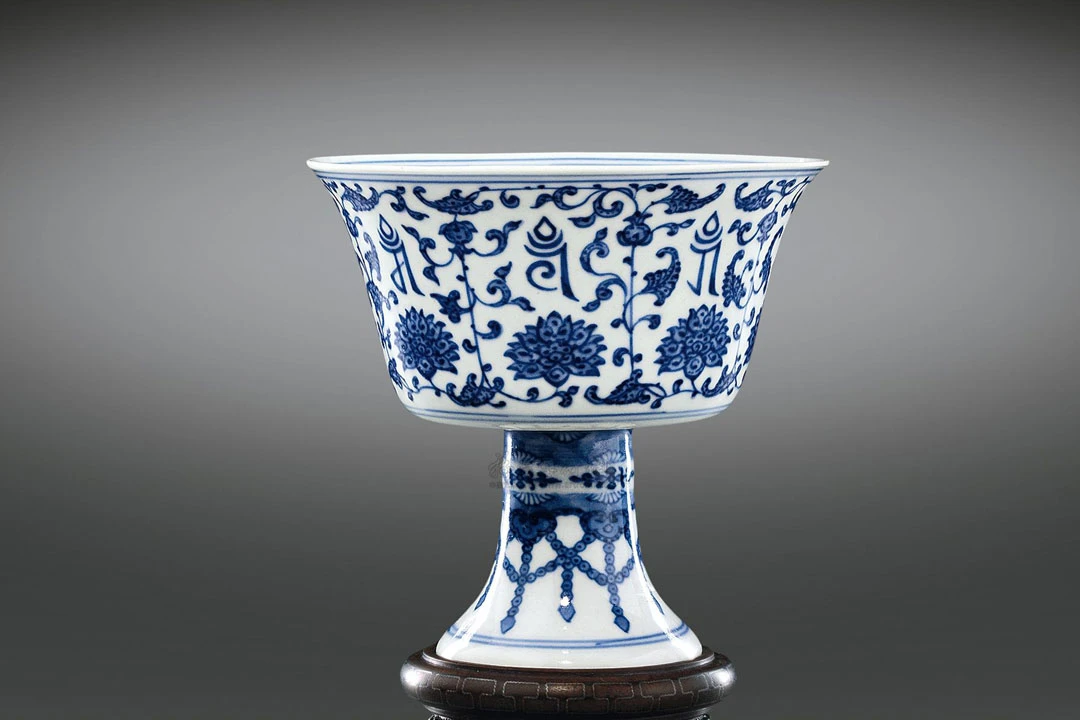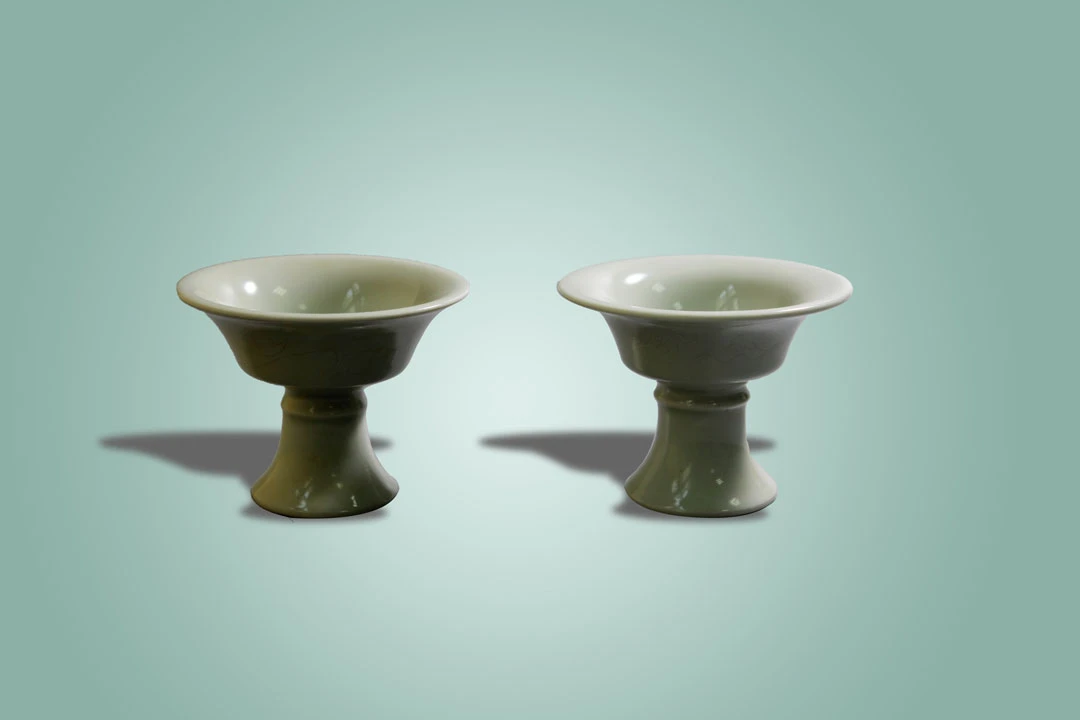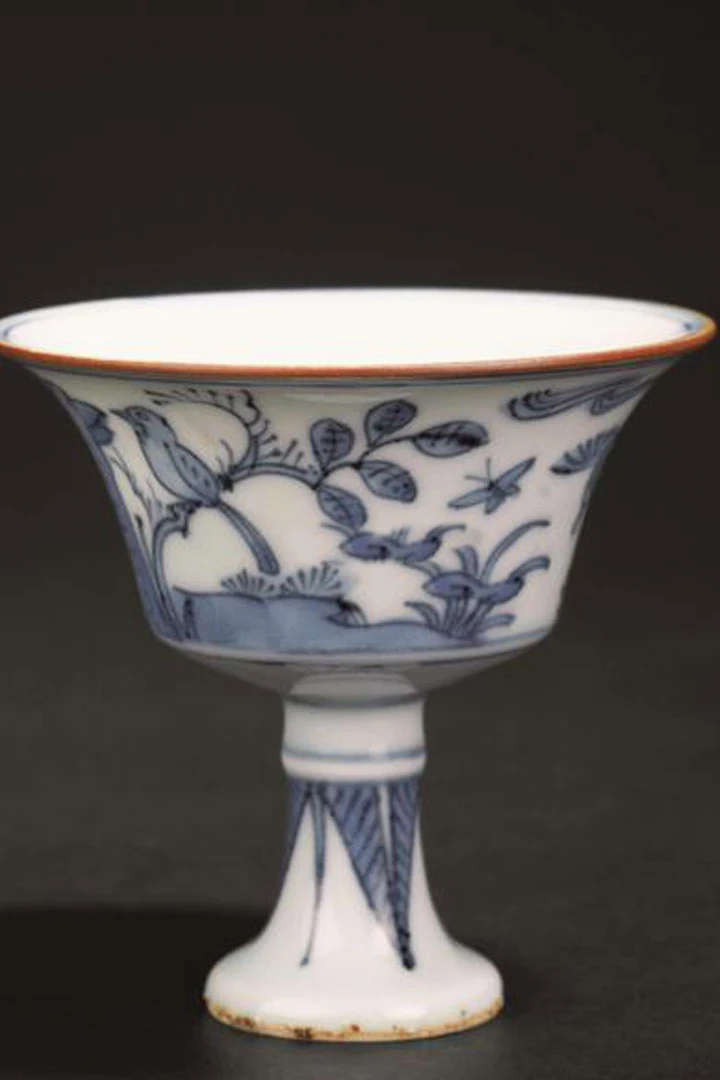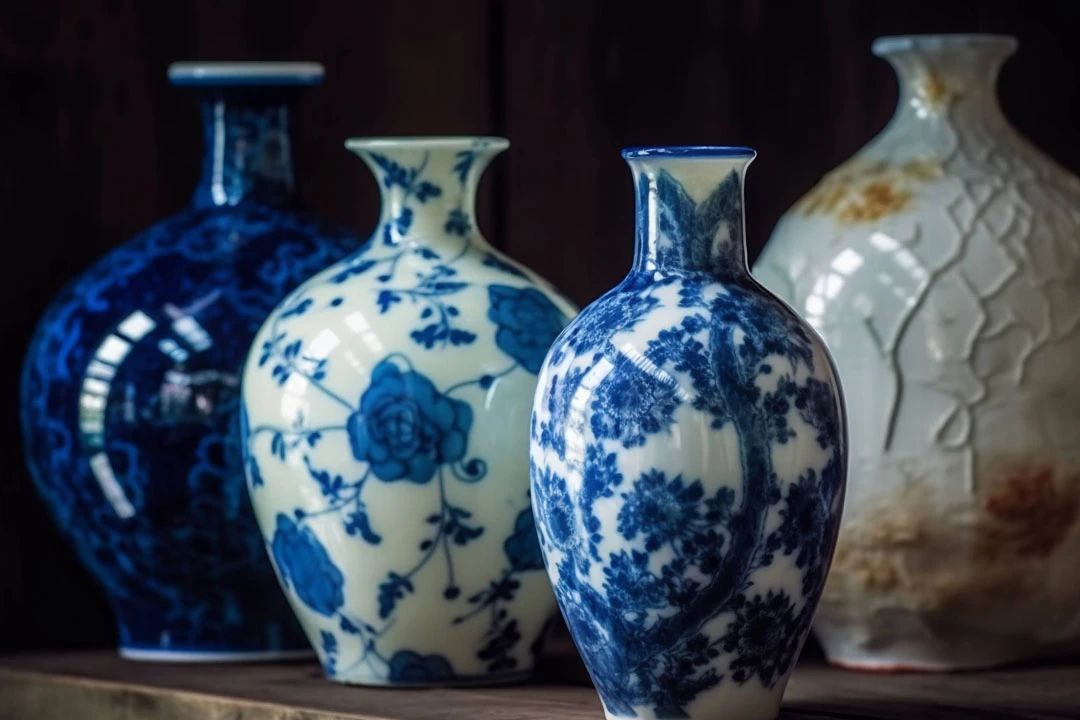From Museum to Marketplace: The Trend of Museum-inspired Artifacts
In recent years, a fascinating trend has emerged where cultural artifacts from museums have transcended their traditional settings to become sought-after items in the hands of collectors and enthusiasts worldwide. This phenomenon is not just about preserving history but also about celebrating it in contemporary contexts.
At the forefront of this trend is the Hangzhou Museum in Zhejiang Province, China, which has sparked a frenzy with its latest creation: a refrigerator magnet modeled after the "Shadow-green glazed red cup with high foot" (影青釉里红高足杯) a distinctive high-footed cup from its collection. This cup, characterized by its translucent white body and crimson hues, adorned with cracks and imperfections, has captured the imagination of many due to its aesthetic appeal that seamlessly blends ancient craftsmanship with modern sensibilities.
Bridging Past and Present: The Appeal of Cultural Dialogue through Art
The appeal of these museum-inspired products lies not only in their visual appeal but also in the stories they carry. For instance, the high-footed cup, originally used during the Yuan Dynasty by nomadic tribes, speaks volumes about ancient lifestyles and customs. Its elongated handle, designed for easy carrying on belts or horsebacks, illustrates a practical yet elegant solution to daily needs in a bygone era.
These artifacts, meticulously crafted to mirror their historical counterparts, are more than just decorative pieces; they serve as conduits for cultural exchange and appreciation. People like Ms. Lin, a museum enthusiast queuing at the Hangzhou Museum's cultural shop, find themselves drawn to these items not only for their beauty but also for the deeper connections they foster with history.
A Modern Renaissance: Reshaping Cultural Consumption
In today's digital age, social media platforms have played a pivotal role in amplifying the allure of museum-inspired artifacts. Discussions and posts centered around "touring museums through cultural products" and "collecting refrigerator magnets from every dynasty" abound, reflecting a growing interest in cultural heritage among the younger generation.
The advent of creative and novel cultural products, such as the "Copper Dragon" plush keychain inspired by the Northern Song Dynasty bronze dragon, further enhances this trend. These items not only attract attention but also ignite curiosity about their historical origins, prompting individuals like Mr. Wei, a designer born in the 1990s, to delve deeper into the stories behind these artifacts.
As museums continue to expand their influence beyond physical exhibitions, their cultural artifacts are finding new life as cherished possessions in homes around the world. This phenomenon underscores a broader shift in how people perceive and interact with history—no longer confined to museum walls but integrated into daily life through creative reinterpretations.
Whether as a statement piece on a refrigerator or a conversation starter in a living room, museum-inspired artifacts are not just relics of the past but symbols of cultural continuity and creativity in the present. They remind us that while history may be ancient, its relevance and impact on contemporary society are timeless.
In essence, these artifacts bridge the gap between past and present, offering a glimpse into our shared heritage and inspiring us to explore and cherish the diverse cultures that shape our world today.
Cultural Resonance: Connecting Generations through Art
The allure of museum-inspired artifacts extends beyond their aesthetic appeal; it fosters a deeper connection between generations. For many, these pieces serve as tangible links to their cultural heritage, sparking conversations about traditions, craftsmanship, and the evolution of society over centuries.
Take, for example, the "ox-shaped lamp" (瓯窑青瓷牛形灯) from the Eastern Jin Dynasty, reimagined as a plush cow-shaped pendant. This creative adaptation not only preserves the charm of the original artifact but also invites a new audience to appreciate its historical significance. It prompts discussions about ancient lighting methods and the artistic prowess of craftsmen from over 1600 years ago.
Moreover, the popularity of these artifacts reflects a broader shift in consumer preferences towards meaningful and culturally rich products. In an era where mass-produced goods dominate markets, museum-inspired items offer a unique appeal: they are meticulously crafted, often by skilled artisans, and imbued with stories that resonate with buyers seeking authenticity and heritage.
The Rise of Cultural Entrepreneurship
Behind the scenes, the rise of museum-inspired artifacts has also sparked a wave of cultural entrepreneurship. Artisans and designers are collaborating with museums to reinterpret historical artifacts into contemporary products, thereby revitalizing traditional crafts and supporting local economies.
For instance, the Hangzhou Museum's cultural shop not only sells replicas but also supports local craftsmen who handcraft each item with care. This approach not only preserves traditional techniques but also ensures that each piece retains its cultural authenticity and artistic value.
Furthermore, these initiatives contribute to cultural sustainability by promoting awareness and appreciation of heritage. By making artifacts accessible beyond museum walls, museums and artisans are fostering a global community of cultural enthusiasts who value and celebrate diversity.
In conclusion, the trend of museum-inspired artifacts represents more than just a passing fascination with history; it signifies a profound appreciation for cultural heritage in today's globalized world. Through these artifacts, individuals are able to connect with the past, celebrate cultural diversity, and foster a sense of belonging in an increasingly interconnected society.
As museums continue to innovate and engage with audiences through creative products, the impact of these initiatives will likely grow. They not only enrich personal collections but also contribute to the preservation and promotion of cultural heritage for future generations.
Ultimately, museum-inspired artifacts serve as ambassadors of culture, bridging the gap between past and present while inspiring curiosity and appreciation for the diverse narratives that shape human history. Whether as symbols of artistic excellence or as reminders of bygone eras, these artifacts continue to captivate hearts and minds worldwide, reaffirming the timeless value of cultural heritage in our contemporary lives.
In essence, they invite us to explore, learn, and cherish the stories embedded within each artifact, ensuring that our cultural legacies endure for generations to come.




